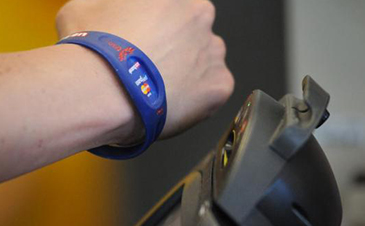As an indispensable part of the application system, RFID readers will be related to the cost of successful implementation and implementation of the customer project. It is best to go through a rigorous process to ensure the project’s selection. success. Next, I will give you a detailed explanation of the reader information.
Classification
RFID readers can be divided into 125K, 13.56M, 900M, 2.4G and other frequency band readers according to the frequency.
125K: Generally called LF, it is easy to use and low in price. It can be mainly used in the management of animal husbandry.
13.56M: Generally called HF, it has strong confidentiality and fast reading speed. The close-range 13.56mhz RFID has good confidentiality, and the long distance 13.56mhz is stable and fast. Mainly used in home school, personnel attendance management, entrance and exit management, books, archives anti-theft management, government conference sign-in.
900M: Generally called UHF, the communication distance is long, the anti-collision performance is good, and it is generally used as parking lot and logistics.
2.4G: Microwave segment RFID reader, strong penetrability.
5.8G: Microwave segment RFID reader, used in highway ETC electronic toll collection system.
Advantage
First of all, it is necessary to pay attention to the frequency range of the reader device to see if it meets the frequency specification of the project place of use;
Second, understand whether the maximum transmit power of the reader and the matching antenna are over-standard;
Third, look at the number of antenna ports that the reader has, depending on whether the application requires a multi-interface reader/writer;
Fourth, whether the communication interface meets the needs of the project;
Fifth, the interpretation of the distance and anti-collision indicators, read distance indicators should be clear what antenna and label test; anti-collision should be clear what label in what arrangement how long after reading;
Sixth, an RFID application system is related to the reader, but also related to the label, the antenna, the material of the labelled item, the moving speed of the labelled item, the surrounding environment, etc., and it is better to simulate the scene before determining the device. Testing and verification to ensure that the product truly meets the application needs;
Seventh, the stability of the continuous test equipment under simulated conditions ensures stable operation for a long time;
Eighth, look at whether the development materials meet the system development needs, it is best to support the system you use, and it is best to have related routines. If it is not supported, the development time will be very long, and even the development will not continue.

